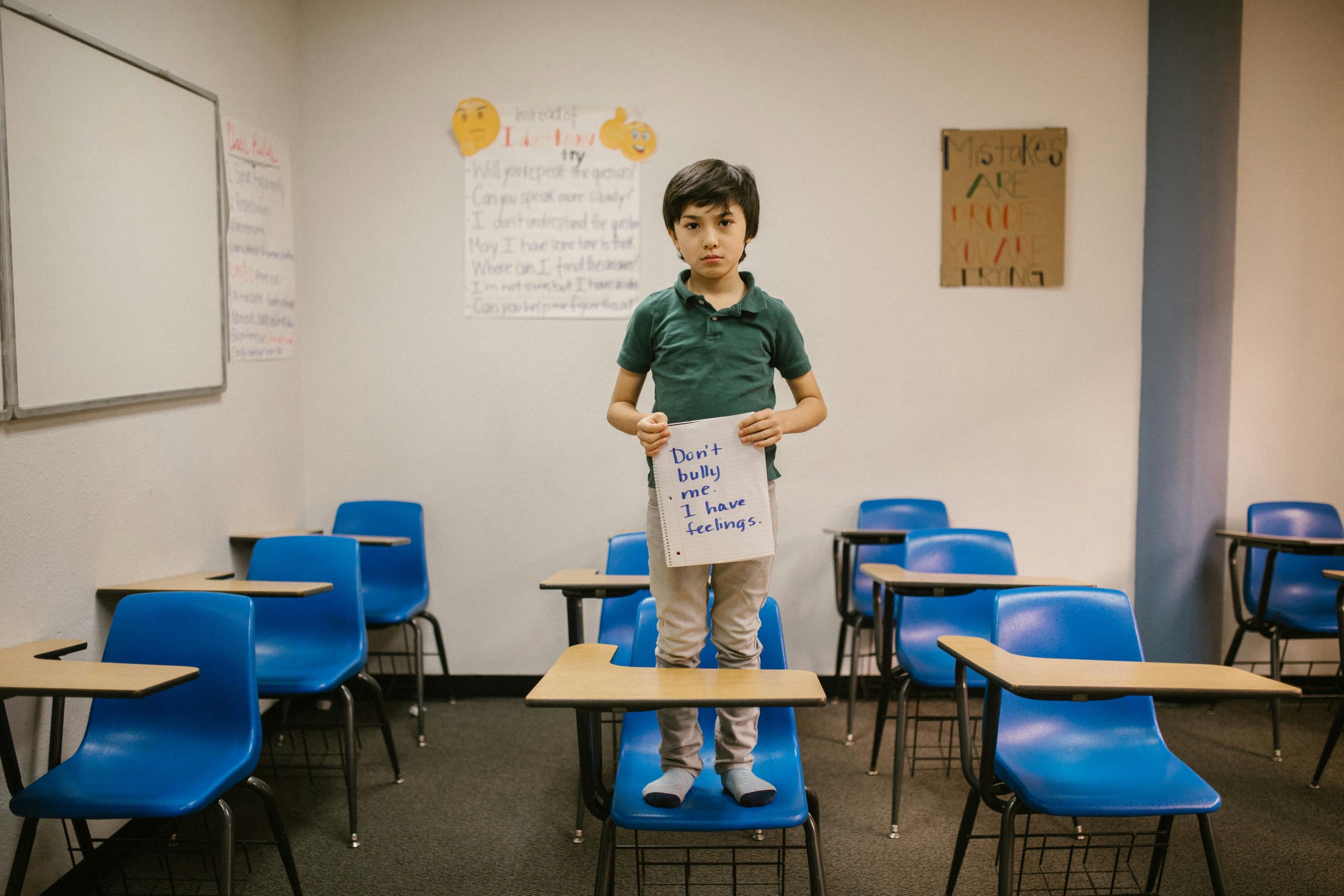Understanding Recent Educational Changes: Challenges and Considerations in Rural Districts
In the ever-evolving landscape of public education, recent decisions within rural school districts often spark significant discussion and concern among community members and educators alike. One such district has recently undertaken a consolidation of its two middle schools—a move driven by financial constraints, demographic shifts, and the need to optimize resources. Here, we delve into the implications of this transition, explore the challenges faced, and consider potential pathways to improve educational outcomes.
The Context of School Consolidation
The district in question, situated in a rural area with a modest student population, has historically operated two separate middle schools—each serving approximately 400 students before the consolidation. The primary motivation for merging these institutions was to enhance access to educational resources and offer broader opportunities for students. However, the two schools differ markedly in academic performance and operational culture, leading to complex dynamics post-merger.
Academic Disparities and Parental Concerns
Statewide testing data reveals stark contrasts between the two schools. Interestingly, the school historically considered less well-funded and lower-performing boasts substantially higher average scores in math and reading than its counterpart. Conversely, the higher-performing school faces scrutiny for science results, which have been kept under wraps due to poor performance. This discrepancy has prompted parents to advocate for their children to be placed with teachers from the more successful school, highlighting underlying issues of perceived quality and trust.
Interpersonal Dynamics and Administrative Challenges
The consolidation has also exposed tensions among staff members. The two school administrators possess contrasting leadership styles—one taking a strict disciplinary approach, the other favoring a more relaxed attitude, often citing extracurricular activities like fishing trips as reasons for limited oversight. Teachers from the lower-performing school are accustomed to maintaining higher discipline standards, whereas those from the other school are less accustomed to such expectations. This divergence has led to conflicts, disciplinary hearings, and questions about the consistency and fairness of student management.
Financial Strains and Broader Socioeconomic Factors
These challenges are compounded by ongoing economic hardships faced by the district. The decline of local industries, such as coal mining and power generation, has resulted in economic downturns, increased poverty, and decreased tax revenues. Property taxes alone are insufficient to sustain or improve the district’s facilities and programs, prompting the decision to consolidate rather than invest in new construction.
Reflecting on Potential Solutions
While the current situation undoubtedly presents hurdles, it also offers an opportunity for strategic reflection. Community input, transparent communication, and targeted interventions can help
